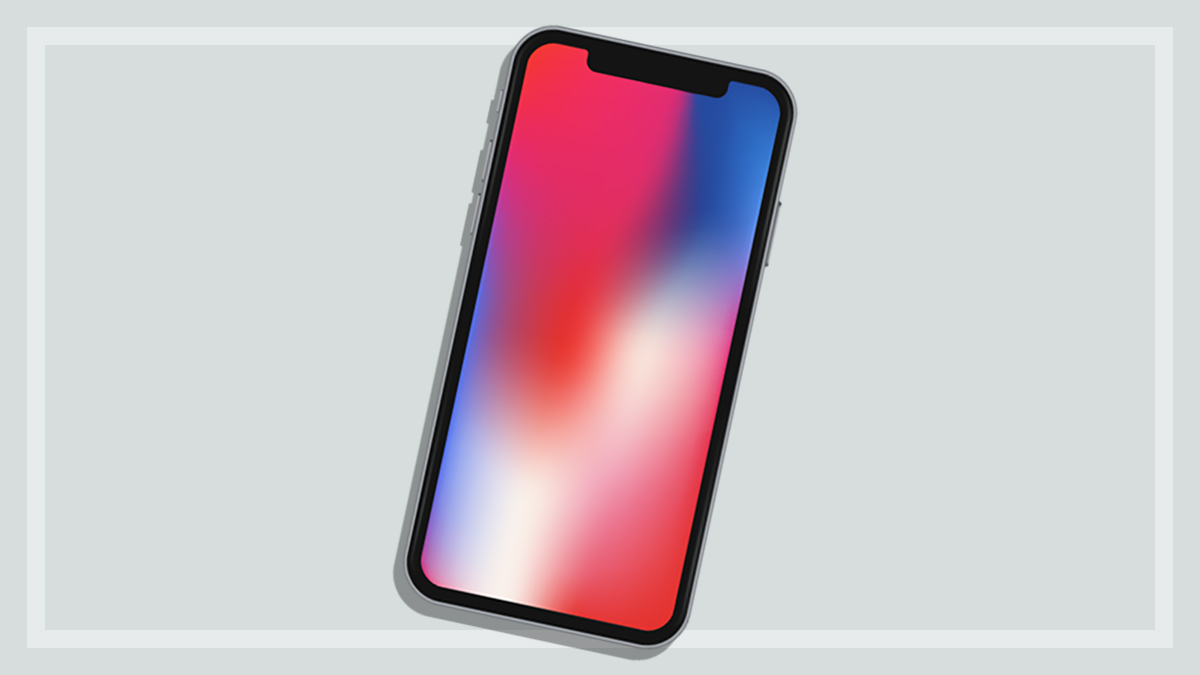Get our independent lab tests, expert reviews and honest advice.
Google Pixel 4a 5G smartphone review
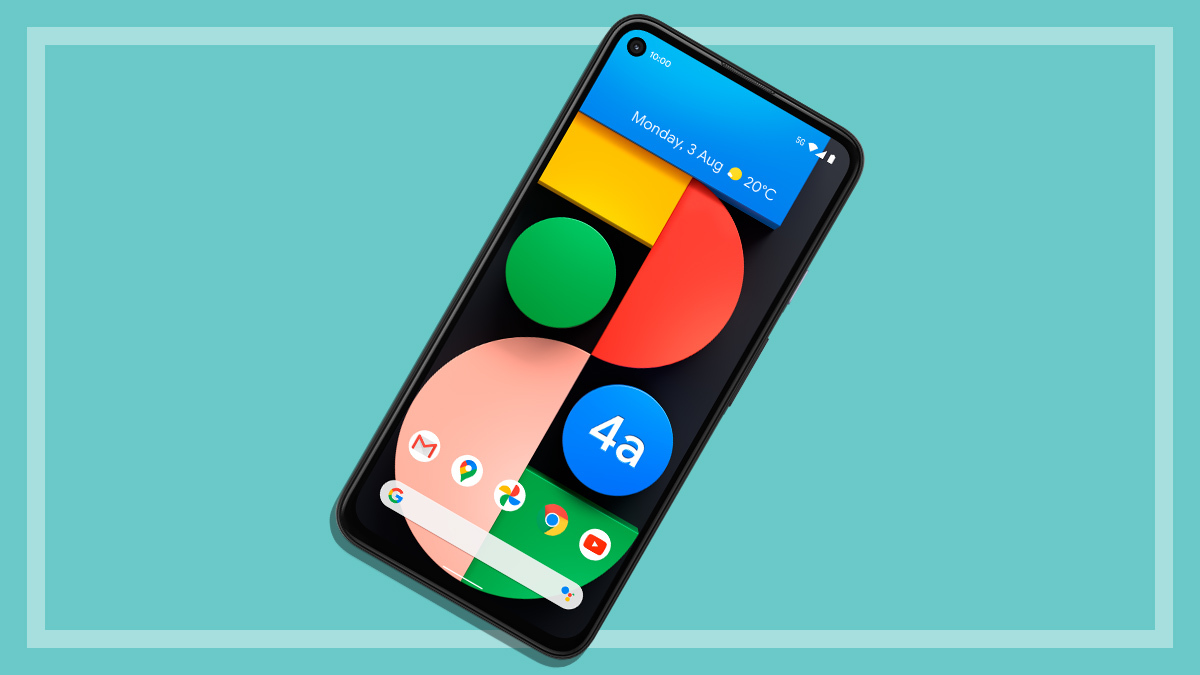
CHOICE verdict
Google is giving mid-range phone users the option to jump on premium mobile data speeds by basically adding 5G to the standard 4a with some upgrades to the processor, screen, camera and battery. But the changes may not justify the price increase, unless 5G is at the top of the list for your next mobile.
Price: $799
Contact:
store.google.com/auThe 2020 Pixel range is rounding out with the 4a 5G, a kind of high-end mid-range device that improves on the standard 4a, but doesn’t offer premium features you can find in the Pixel 5. Its main sell is support for super-fast mobile data in an otherwise mid-range device.
The 4a 5G has a better processor, bigger screen, larger battery and an added wide-angle lens alongside other minor tweaks and improvements.
But even with these upgrades, it’s still a step below premium smartphones. With Google promoting the 4a and 4a 5G, we suggest reading our Pixel 4a review, as we’ll focus on the upgraded aspects here.
Google Pixel 4a 5G specs
- Screen: 6.2-inch OLED FHD+ (1080 x 2340) 413 pixels per inch (ppi) 60Hz refresh rate with HDR support
- Battery: 3800 mAh, 18W fast charge
- Rear (main) camera: max 12.2MP single lens, 7x zoom plus 16 megapixel ultrawide lens
- Selfie camera: max 8MP, 4x zoom
- Video: Up to 4K, 60 FPS
- Storage: 128GB
- Bluetooth and network: dual-band Wi-Fi 802.11 a/b/g/n/ac, Bluetooth 5, LE, A2DP (no ax Wi-Fi)
- Audio: stereo speaker, 3.5mm headphone jack
- Processor: Qualcomm Snapdragon 765G RAM: 6GB LPDDR4x.
Pixel 4a 5G versus 4a – key improvements
5G connectivity for significantly faster mobile data speeds in supported areas
Bigger screen (6.2 inches versus 5.81 inches)
Bigger battery that increases lifespan by about three hours under heavy use (3800 mAh versus 3140 mAh)
Added wide-angle camera lens
Better processor which improves speed and general performance (Qualcomm Snapdragon 765G versus 730G)
5G: ultra-fast mobile data
The big selling point here is the 5G connectivity. So far, Telstra and Optus are providing support for 5G in population-dense areas, but for Vodafone, it’s still early days.
The rollout is ongoing and each telco has mapped its progress or proposed areas online, so you can check your area for connectivity.
In any case, 5G is just as dependent on the network as it is on the phone, so all we can do is note whether it works on the 4a 5G.
We assessed it using an Optus SIM. Speeds reached about 300Mbps during peak time and 650Mbps during off peak. It’s extremely fast no matter how you slice it – and the 4a 5G can deliver those speeds.
Camera quality
The camera hardware, software and stunning picture quality are identical to the non-5G 4a, except for the newly added wide-angle lens.
This lens gives you a lot more room to work with when taking photos in cramped environments, as well as wide vistas if you want to try your hand at landscape photography.
Unfortunately, it’s a little softer than the standard portrait lens in both phones. Although you won’t notice this on a phone screen, wide-angle images just aren’t quite as sharp or punchy once you view them on a computer.
Wide-angle images just aren’t quite as sharp or punchy once you view them on a computer
It also struggles with close-up shots, which is disappointing, given how much stock Google puts into the Pixel’s camera, regardless of the model.
However, the extra grunt under the hood means image processing is noticeably faster on the 4a 5G, especially when using “Night Sight”. You can also fire off about three or four shots in a row before things start to lag if you want to capture some action shots.
Video is more or less the same, though Google has added 4K 60FPS video, which is a step up from 30 FPS on the standard 4a.
- Wide-angle mode in daylight
- Default mode in daylight
- Wide-angle mode in daylight
- Default mode in daylight
- Close-up photo, daylight, in wide-angle mode
- Close-up photo, daylight, in default mode
- Night Sight mode, outdoors, default lens
- Night Sight mode, outdoors, wide-angle lens
- Night Sight mode, outdoors, default lens
- Night Sight mode, outdoors, wide-angle lens
- Night Sight mode, outdoors, default lens
- Night Sight mode, outdoors, wide-angle lens
Battery life
Although the 4a 5G comes with a bigger battery than the regular 4a, it’s not double the size. Still, this hasn’t stopped Google from claiming that it has a 48-hour charge which is twice as long as the 4a’s “all day battery” claim.
The devil is in the details, of course. You can stretch the 4a using its “Adaptive Battery” mode, but the 4a 5G has “Extreme Battery Saver”, which essentially turns all power requirements down to the bare minimum.
In practice, we found that the battery lasted about 16 hours under heavy use – aka constantly checking emails, web browsing, music streaming, photography and watching some videos. You can easily get a day out of it under general-use conditions.
We found that the battery lasted about 16 hours under heavy use
At the more extreme end, we streamed high-definition video (with HDR in some cases) across a variety of services for nine and a half hours before the battery died. This is a full hour more than the Pixel 4a and, like the base model, the 4a 5G’s battery temperature barely increased.
It uses the same 18W fast charger which is just as zippy here, though it takes slightly longer to charge due to the larger battery size. It took 18 minutes to reach 25%, 35 minutes and 30 seconds to get to 50%, and about one hour and 35 minutes for a full charge.
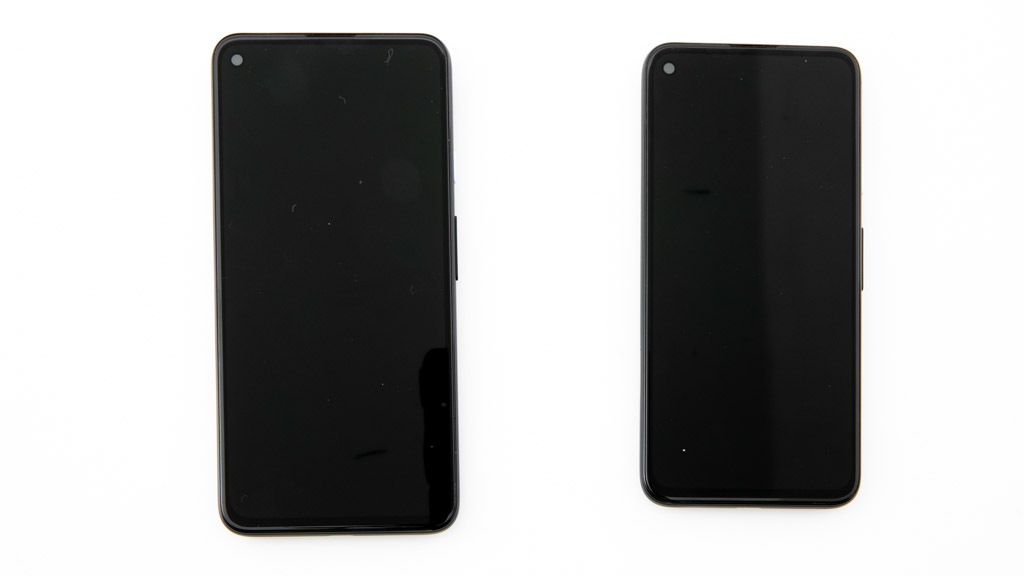
The video stream assessment was conducted over a Wi-Fi network at maximum brightness and resolution settings. General and heavy use used a combination of Wi-Fi and 4G for the most part, due to limited 5G coverage in our area. Note that 5G may drain the battery at a faster rate.
General performance
The 4a 5G has a slightly better processor compared with the 4a, and while the improvements aren’t drastic, they’re noticeable. Like the 4a, the 4a 5G can handle any day-to-day task you throw at it – it’s just a little bit faster overall.
Video and gaming get the biggest boosts, though. The artifacting, banding and blockiness that was noticable while streaming on the 4a all but disappeared on the 4a 5G. Meanwhile, Call of Duty: Mobile showed no signs of lag and, unlike the 4a, experienced no frame drops during play.
Screen and sound
At 6.2 inches, this is the biggest Pixel phone on the market, and the OLED screen is just as sharp, vibrant and punchy as the 4a. Although the pixel density is slightly lower due to the bigger screen, it doesn’t make a difference. In fact, the 4a 5G looks a little better than the standard 4a.
In side-by-side assessments, we found that videos and stills have the same level of contrast and saturation as the 4a, but everything is a little more balanced.
Skin tones in particular look a bit more accurate. The balance between light and shadow seemed even. And blacks appeared somewhat brighter with better grading across shadows.
High-dynamic range (HDR) appears to be applied more effectively too, although it’s still a dark screen overall with some black crush.
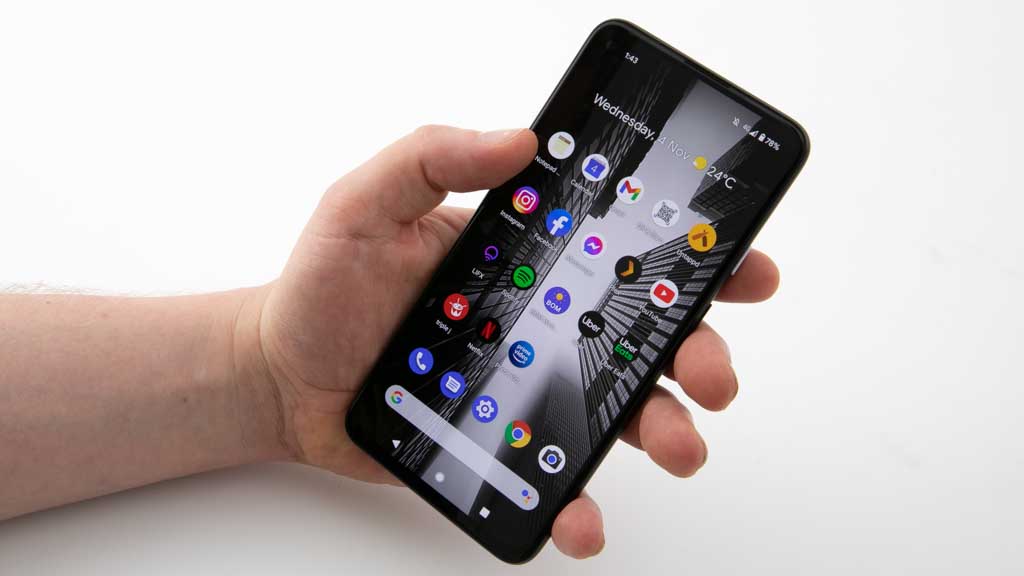
Sound quality
While the 4a 5G has the same front and bottom stereo speaker placement as the 4a, the larger case doesn’t do the audio quality any favours.
There’s far less bass and warmth, the dynamics seem flat and it’s all somewhat retrenched. Although the clarity is still fine for watching YouTube videos on the sofa, it’s not quite as pleasant compared with the regular 4a.
Build quality
Like the 4a, the 4a 5G is about function, not fashion. The feel and design are identical, with the same bezel and plastic case. The only major difference is the size – the weight increase is minimal.
Unlike the 4a, which was a saving grace for people with small hands, the 4a 5G is larger and harder to navigate using one hand. Reaching the top, bottom and across becomes a bit of a balancing act, unless you have a particularly long thumb.
Still, it passes the highly scientific skinny jeans test. The small 4a fits comfortably inside the pocket, while the larger 4a 5G sits just on the edge without poking out. But while the 4a is rather discreet, you can feel the 4a 5G in your pocket.
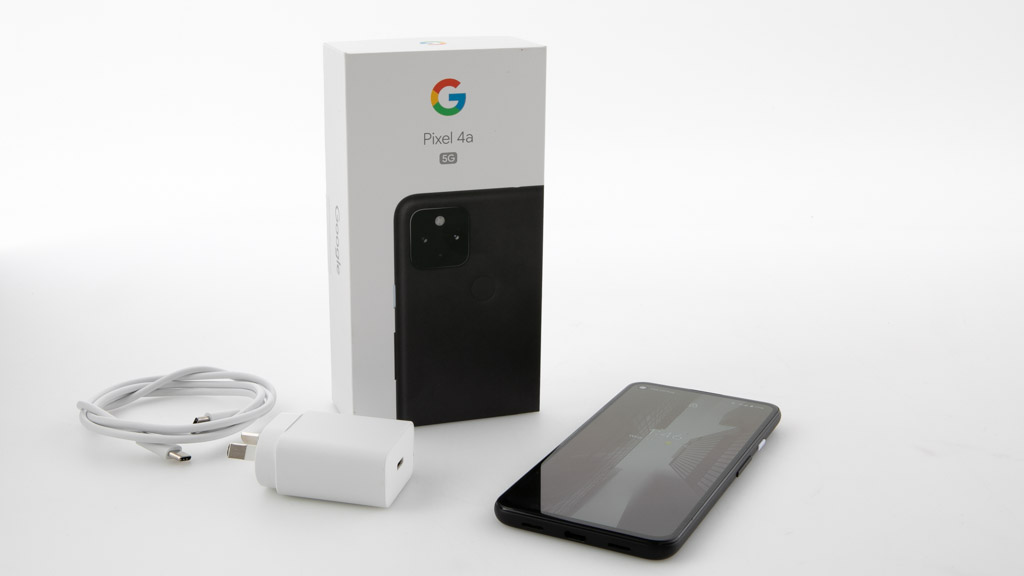
What about the Pixel 5?
Google’s new flagship phone costs an extra $200 and adds the bells and whistles you’d expect from a premium device. The camera, processor, screen and all that sort of stuff is the same as on the 4a 5G, but it includes:
- wireless charging
- weather sealing (IP68)
- a 90Hz screen
- better build quality, with premium components for the case.
The 4a vs the 4a 5G – what’s right for you?
This really comes down to 5G and future proofing. If you’re happy with a mid-range device but still want blazingly fast mobile data, the 4a 5G is for you. There aren’t many mid-range phones that support these blistering mobile data speeds after all, or not yet anyway.
Whether this phone is right for you really comes down to 5G and future proofing
The bigger screen, battery and improved processor are nice upgrades, but they don’t really add much for the average user looking for a solid day-to-day phone. The only substantial addition is the wide-angle lens, but that didn’t perform as well as we’d hoped. So, if you’re happy with 4G speeds, consider the standard Pixel 4a.
That’s not to say the 4a 5G is a bad phone by any means, as it takes everything that makes standard 4a great and improves on it (except the speaker). But when you look at the upgrades against the price increase, the overall value proposition isn’t quite as good as the standard 4a unless you’re keen to jump on 5G as soon as possible.

